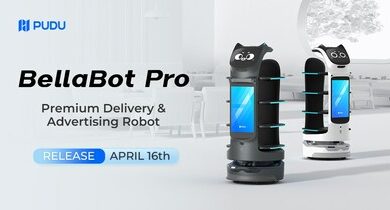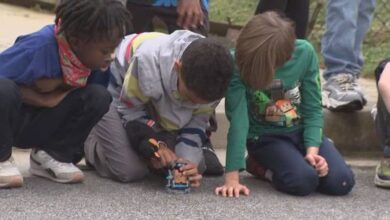A Leap into the Future of Robotics and the Challenges It Faces

As Tesla gears up for a potential landmark year in 2025 with the expected release of several new products, including the Optimus robot, the electric vehicle giant is stepping into uncharted territory. Elon Musk, Tesla’s visionary CEO, has projected that the humanoid robot, once a prototype dubbed “Bumblebee,” will start shipping in limited numbers by 2025. Yet, the road to bringing Optimus to market is fraught with substantial technological and operational hurdles.
Manufacturing Challenges: Scaling Up Robot Production
Tesla’s prowess in mass-manufacturing electric vehicles at competitive prices is well-documented. However, the production of Optimus presents a new set of challenges. Currently, the development of these robots is confined to a small section of Giga, Texas, with no immediate plans for a dedicated Optimus facility. This limitation suggests that the production volume for Optimus could be constrained for the foreseeable future.
The intricacies of robot production extend beyond physical space. Tesla is navigating the complexities of recruiting experts across various fields, such as mechanical engineering, artificial intelligence, and computer vision, with many critical positions still vacant. Moreover, the supply chain for bespoke components like unique drive units designed internally by Tesla complicates mass production ambitions, especially given Musk’s goal of selling a million Optimus units annually.
Technical Hurdles: Simulating Human Motion
One of the most daunting technical challenges is replicating human motion and functionality. The Optimus robot aims to mirror human movements, requiring an array of precisely engineered actuators and joints. Currently, the robot incorporates 28 different types of these components, a testament to the ambitious engineering undertaking by Tesla’s team.
Yet, achieving fluid, naturalistic human motion in a robot is an immensely complex task beyond engineering to involve nuanced algorithmic programming. This programming must ensure that Optimus can navigate varied terrains and interact with its environment in adaptable and safe ways.
Competition and Comparisons: Stiff Rivals on the Horizon
Tesla’s entry into the humanoid robot market directly competes with established players like Boston Dynamics, which boasts three decades of experience and a robust lineup of dynamically capable robots. Tesla’s Optimus currently lags in speed and fluidity of movement compared to its competitors, highlighting a significant gap Tesla needs to close to make Optimus viable in the marketplace.
Economic and Market Readiness: Cost and Consumer Expectations
Musk has tantalizingly suggested that Optimus could cost around $20,000 — a fraction of the price of advanced robots today, ranging from $80,000 to $300,000. Achieving this price point will be pivotal in determining the robot’s market success but remains a significant challenge given the current cost dynamics in the robotics industry.
Furthermore, Optimus’s utility is under scrutiny. For consumers to invest in such a technology, the robot must perform useful, everyday tasks effectively, a feature set that Tesla continues to develop and expand. The integration of advanced sensors and tactile capabilities in Optimus’s hands is a step towards enhancing its utility, but whether these features will meet consumer expectations remains to be seen.
Safety and Ethical Considerations: Navigating a New Frontier
The safety of humanoid robots is paramount, especially in environments shared with humans. Musk has emphasized his commitment to making AI safer than nuclear weapons, reflecting the high stakes. The development of Optimus involves not just technical design but also ethical considerations, particularly regarding its interaction with vulnerable groups such as children and the elderly.
Conclusion: A Promising Yet Uncertain Path
Tesla’s foray into humanoid robotics with Optimus represents a bold diversification of its product lineup. While the challenges ahead are daunting, including manufacturing scalability, technical hurdles in motion simulation, competitive pressures, and safety assurances, the potential impact of successfully launching Optimus could be profound.
As 2025 approaches, all eyes will be on Tesla to see if it can translate its disruptive ethos from electric vehicles to humanoid robots, potentially revolutionizing how we think about and interact with robotic technology in our daily lives.



